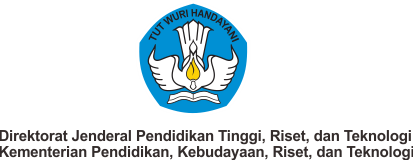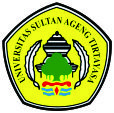Synthesis and electrical conductivity of silicon carbide fiber as electronic semiconductor
Abstract
Silicon carbide shows advantage characteristics to be used as electronical devices that operated in the extreme conditions. Its potentially improve many limitations compared to the silicon. The applications of SiC are used in high power, high frequency, and/or high temperature conditions. Intrinsic semiconductor properties of SiC has high thermal conductivity, mechanically and chemically stable and good resistance to the radiation. In this research, SiC fiber was synthetized from polycarbosilane polymer precursor (PCS) that solved in N,N-dimethylformamide (DMF) and toluene. This solution was that processed using electrospinning to form fibers. The fibers were cured at 200 °C and continued with pyrolyzed varied at 1200, 1300 and 1400 °C for 1 hour. The fibers electrical conductivity were carried out by LCR meter. The electrical conductivity for lower frequency at 62.36 Hz showed 7.28 × 10-6 S, achieved by the fibers that pyrolyzed at 1200 °C. For high frequency at 100 kHz showed the fibers that pyrolyzed at 1400 °C acquired for 1.24 × 10-5 S.m-1 for its electrical conductivity. The value of its band gap based on Kubelka Munk Equation was take placed for fibers that showed significant value at high frequency using UV-Vis DRS. The band gap value was achieved at 2,56 eV.
Full Text:
PDFDOI: http://dx.doi.org/10.36055/fwl.v2i1.6379
Refbacks
- There are currently no refbacks.

FLYWHEEL: JURNAL TEKNIK MESIN UNTIRTA is licensed under a Creative Commons Attribution 4.0 International License.








